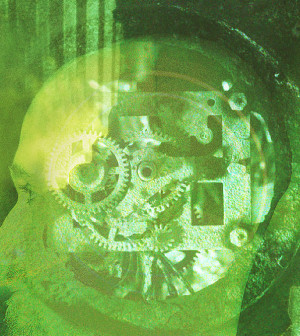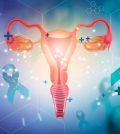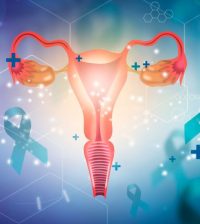- Double Mastectomy May Offer No Survival Benefit to Women With Breast Cancer
- Toxic Lead Found in Cinnamon Product, FDA Says
- Certain Abbott Blood Sugar Monitors May Give Incorrect Readings
- Athletes Can Expect High Ozone, Pollen Counts for Paris Olympics
- Fake Oxycontin Pills Widespread and Potentially Deadly: Report
- Shingles Vaccine Could Lower Dementia Risk
- Your Odds for Accidental Gun Death Rise Greatly in Certain States
- Kids From Poorer Families Less Likely to Survive Cancer
- Tough Workouts Won’t Trigger Cardiac Arrest in Folks With Long QT Syndrome
- At-Home Colon Cancer Test Can Save Lives
Inside the Autistic Brain: New Research Challenges Current Beliefs


THURSDAY, Nov. 7The brains of children with autism have a higher-than-normal number of connections, and this may be a reason for these kids’ social difficulties, according to two new studies.
These findings challenge the current belief that the brains of autistic children have fewer neural connections than the brains of typically developing children. The findings could lead to new ways to detect autism early and new treatment methods, said the authors of the studies, which were published in the Nov. 7 issue of the journal Cell Reports.
“Our study addresses one of the hottest open questions in autism research,” Kaustubh Supekar, of the Stanford University School of Medicine, said in a journal news release.
Using a large database of pediatric brain imaging, Supekar and colleague Vinod Menon found that the brains of children with autism are “hyper-connected,” and that those with the highest number of connections have the most severe social impairments.
In the second study, Ralph-Axel Muller and colleagues at San Diego State University discovered hyper-connectivity in the brains of teens with autism, particularly in the regions that control vision. They also found that the severity of autism symptoms was associated with the number of neural connections.
“Our findings support the special status of the visual system in children with heavier symptom load,” Muller said in the news release.
Measuring the levels of connectivity in this area of the brain might help in autism diagnosis, which currently relies on behavioral criteria, he added.
Supekar and Menon said an imbalance in brain-circuit activity also is seen in epilepsy, which may explain why many children with autism also have epilepsy.
“Drawing from these observations, it might not be too farfetched to speculate that the existing drugs used to treat epilepsy may be potentially useful in treating autism,” Supekar said.
More information
The U.S. National Institute of Neurological Disorders and Stroke has more about autism.
Source: HealthDay
Copyright © 2024 HealthDay. All rights reserved.










